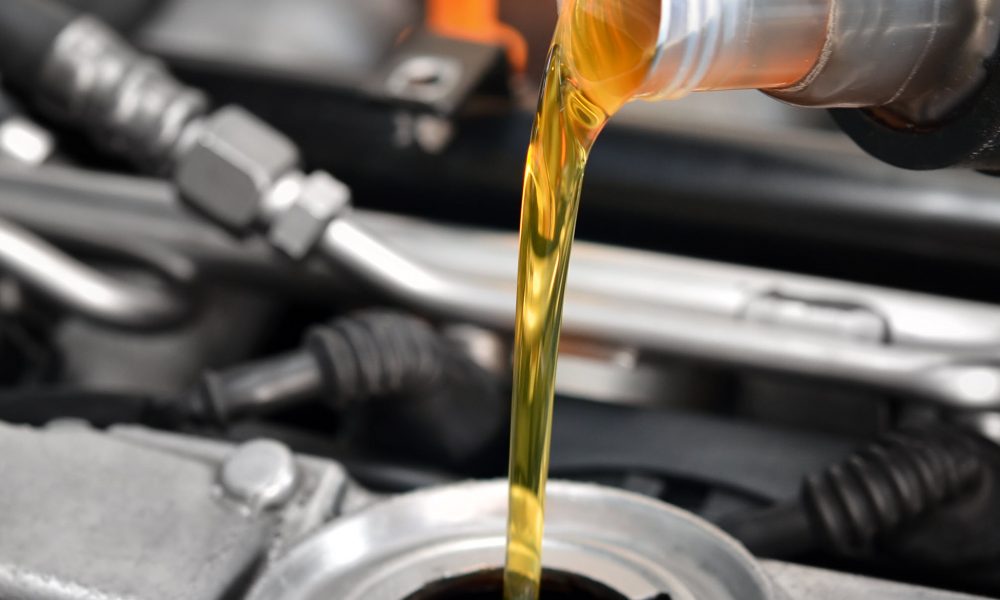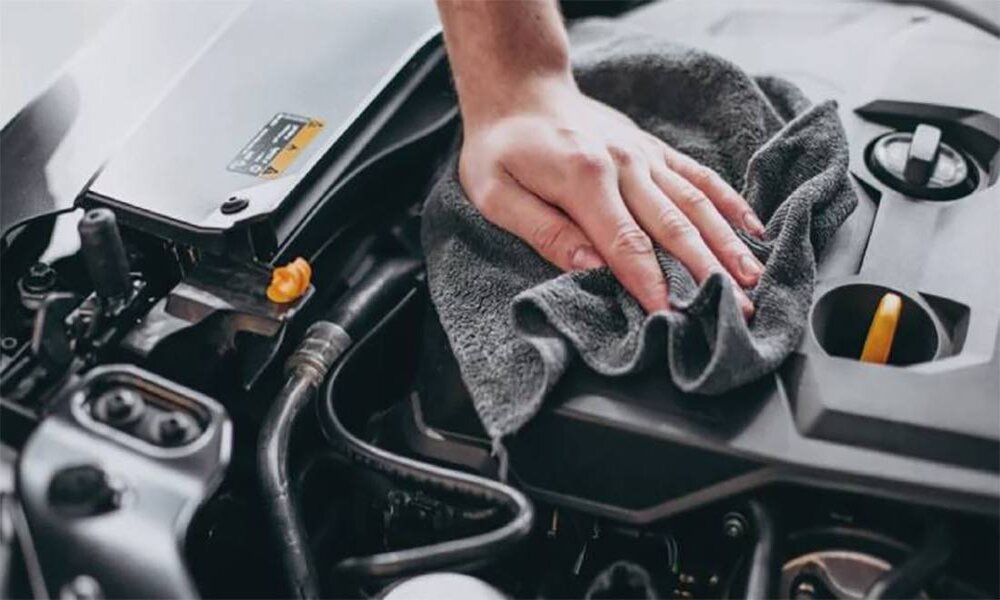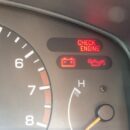
Keep Your Ride Smooth: A Step-by-Step Guide to Check Your Car or Bike’s Fluid Levels
Checking the fluid levels in your car or bike is an essential maintenance task that ensures a smooth and safe ride. Regularly monitoring fluid levels can prevent engine damage and breakdowns due to overheating and corrosion.
Here is a step-by-step guide for checking your car or bike’s fluid levels:
- Engine Oil:
The engine oil is the lifeblood of your car or bike, and it is crucial to maintain its level. To check the oil, park your vehicle on a level surface and turn off the engine. Locate the dipstick, usually near the front of the engine. Pull the dipstick out, wipe it clean, and re-insert it. Now, pull it out again to see where the oil level lies. If the oil level is below the minimum mark, add oil as per the manufacturer’s recommendations.
- Coolant:
The coolant is responsible for maintaining the engine’s temperature, preventing it from overheating or freezing. To check the coolant level, wait for the engine to cool down, locate the coolant reservoir usually near the radiator, and check the level. If it is below the minimum mark, fill it with the recommended coolant mixture.

- Brake Fluid:
Brake fluid is essential for hydraulic brakes to function. To check the brake fluid level, locate the brake fluid reservoir usually near the master cylinder in the engine compartment. Check the fluid level and add the recommended brake fluid if it is below the minimum mark.
- Transmission Fluid:
Transmission fluid lubricates the gears and clutch, preventing wear and tear. To check the transmission fluid level, start the engine and shift the gears through each position. Park the vehicle, locate the transmission dipstick, wipe it clean, re-insert it, and check the fluid level. Add recommended transmission fluid if it is below the minimum mark.
- Power Steering Fluid:
Power steering fluid assists in turning the steering wheel with minimal effort. To check the power steering fluid level, locate the power steering fluid reservoir, usually near the engine’s front. Check the fluid level with the dipstick, and add the recommended fluid if below the minimum level.
Checking your car or bike’s fluid levels is simple but important maintenance that keeps your ride smooth and safe. Performing this task regularly can help prevent costly repairs and ensure that your vehicle runs smoothly for years to come. Make sure to follow the manufacturer’s recommendations and use the recommended fluids to ensure optimum performance.














